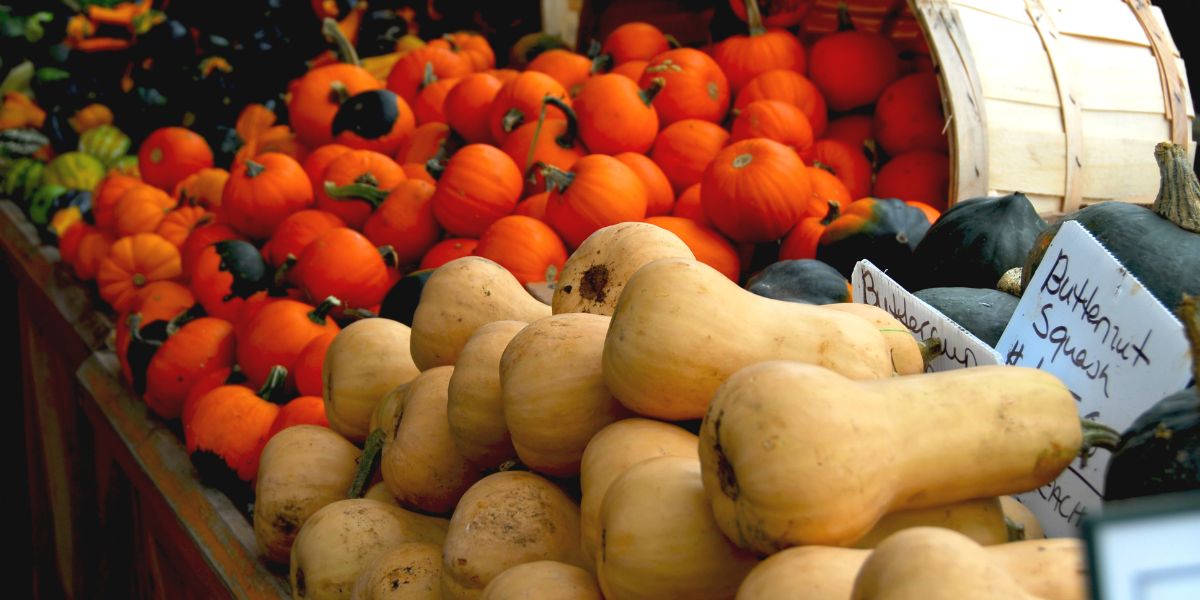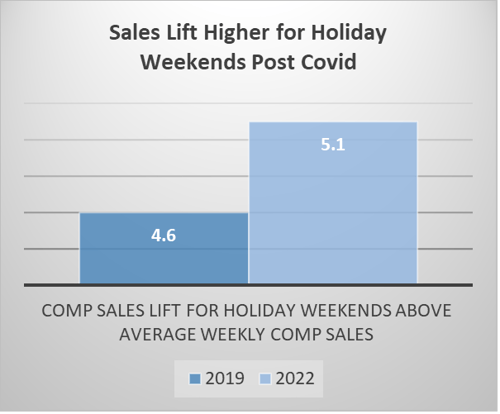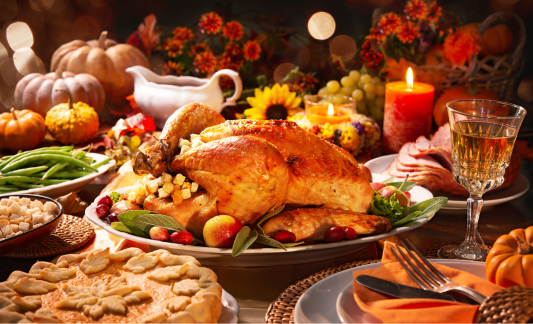Help Isom IGA recover from devasting floods

Humans are social animals. As a species we crave interaction with others, and the absence of connection is so emotionally crippling, we use solitary confinement as a severe criminal punishment. Children born in isolation fail to develop emotionally and physically and are often so scared they can never integrate into society as adults. And primates will forego food and comfort in isolation to hang on to even the most rudimentary connection to others.
Pandemic isolation was a massive shock to many Americans. The National Institute for Health reported, “Our findings provide additional evidence that the social isolation experienced during the pandemic has been detrimental to mental health," going on to list increases in substance and drug abuse, mental health issues, and more public health measurements associated with lockdown isolation.
Humans’ biological need to gather together plays out in the way we behave as consumers: airline travel continues to set records in both numbers of occupied seats and total revenues; automobile travel is also up and continues to grow, according to the Federal Bureau of Transportation, and we are expected to set new records in many states this holiday season for road travel.

You can see this in overall retail industry sales results too, according to NRF, FMI and others. The spike between average weekly sales and sales for holiday periods is greater today than it was for 2019. Even as inflation raged and the economy tightened for many Americans, shoppers have continued to spend for holiday weekends — and spend at a higher rate than they did before the pandemic.
IGA’s aggregated sales data tells a similar story, yet for independent grocers, our holiday spike tends to be larger than the industry averages in the U.S. and across our global chain.
And even in this high inflation world, shoppers say they will spend more this season — to the point of putting off other kinds of spending — to ensure the holiday experience for their families. Deloitte’s holiday forecast for 2023 predicts consumers will spend 14% more this year compared to last. Adjusted for inflation, this is up versus 2019.
But it doesn’t mean shoppers aren’t worried. The impact of rising costs on housing (especially rent), transportation, energy, education, durable goods, and food means many are worried about how to make it all work. And the one area that spikes worry the most is food. FMI’s recent holiday spending report shows that 42% of Americans are worried about having enough money to pay for food.
So how do middle income Americans plan to make it all work? The majority say they plan to dine out less, which is good news for the grocery industry. In addition, they plan to shop earlier and spread out purchases, take advantage of sales and promotions more than they did last year, and do more shopping over Black Friday weekend.
For many shoppers, this is a tricky balancing act. The majority of American households are already two-income working families, but today a third of Americans also participate in the gig economy in some way. For many shoppers, episodic participation in what is essentially becoming a third source of income for the family is the way to ensure a nice holiday for their family. That means shoppers will be increasingly time-starved.
So, what should grocers do to serve American shoppers this season?
- Convenience will be a big piece of making it all work. Focus on prepared meals, full holiday meal solutions, ready-to-cook solutions, and other time saving options.
- Value without compromise: Shoppers don’t want a cheap holiday; they just need their dollars to go further to make it work. In fact, they want the holiday to be a great experience, which means the words “fresh” and “local” will continue to have real power during the holidays.
- Promotions will drive a higher lift per dollar invested, so make sure endcaps and ad items are prominently displayed and included in your mix.
- Shoppers are increasingly looking for tips and tricks to make holidaying work. Consider using your own shoppers or associates as holiday experts in social media, recommending private label or on-sale items as a simple way to cut the cost of entertaining.
- Dining out is the enemy, so make direct cost comparisons between meals eaten out versus cooked at home. Americans across the board say they are trying to cut back on restaurant eating, so recipes, quick tips, and ready-to-go solutions will be attractive.
As “quality-first” retailers, independent grocers know our job is to help our consumers feel more confident about the food they serve to their families. This holiday we have a real opportunity to grow share against restaurants, and to increase the quality of the holiday meal for all our customers.
You May Also Like
These Stories on From the Desk of
Nov 11, 2025 4:09:11 PM |
2 min read
Nov 6, 2025 9:12:29 AM |
3 min read



No Comments Yet
Let us know what you think